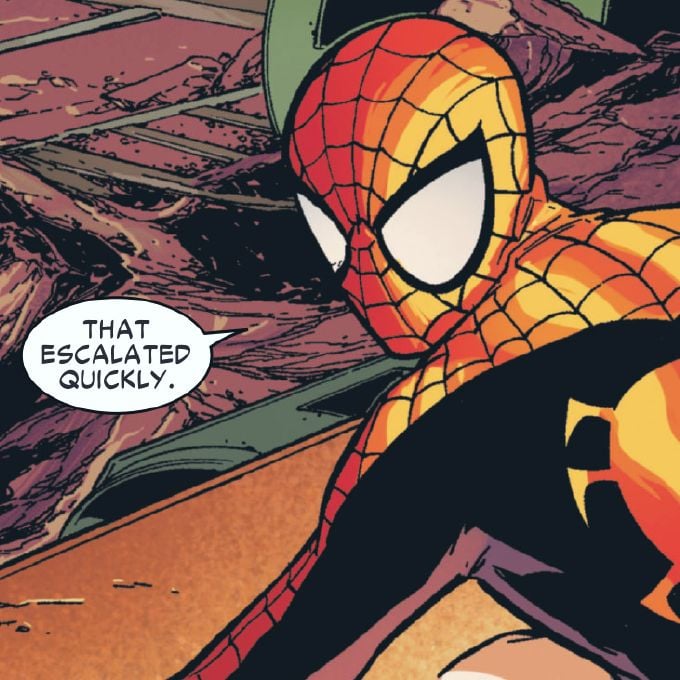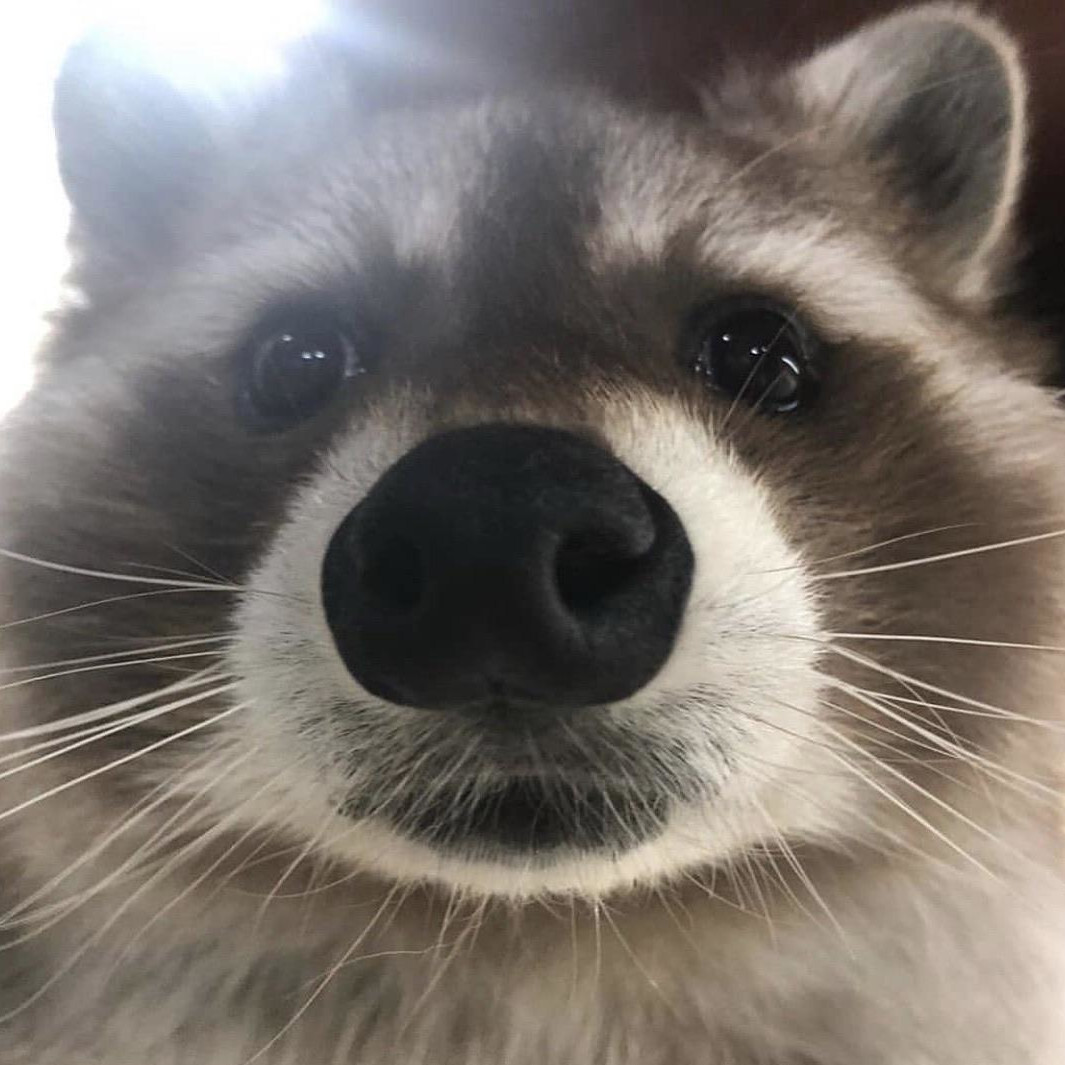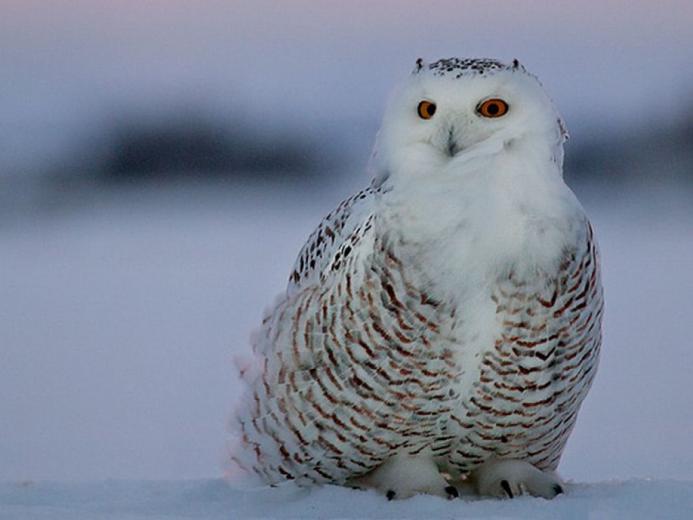In this quiet moment captured in the early 1900s, Marie Curie sits with her daughters, Irène and Ève. It’s a tender scene—a mother with her children. But behind this gentle photograph lies a story of brilliance that would echo across generations. Marie had already made history. She was the first woman to win a Nobel Prize, and later became the only person ever to win Nobel Prizes in two different sciences. But her greatest legacy might not have been her discoveries. It might have been what she passed down. Irène, the elder daughter, grew up in her mother’s laboratory. She watched Marie measure, test, question, and discover. She saw what passion and precision could unlock. That example took root deeply. Years later, Irène and her husband Frédéric Joliot-Curie discovered artificial radioactivity—a breakthrough that transformed our understanding of atomic physics. In 1935, they won the Nobel Prize in Chemistry. Their work became the foundation for nuclear medicine and energy, carrying forward the scientific torch Marie had lit. Ève, the younger daughter, chose something completely different. Gifted in music and language, she became a concert pianist, then a writer and journalist. After Marie died in 1934, Ève wrote “Madame Curie”—a biography that introduced millions worldwide to her mother’s quiet strength and revolutionary discoveries. During World War II, while her sister worked in laboratories, Ève traveled as a war correspondent, documenting humanity’s darkest and finest hours. Later, she devoted herself to humanitarian work with UNICEF, advocating for children across the globe.
The Curie family was an amazing story of pioneering science and true scientific effort to change the world. To say the Curie family made sacrifices would be an understatement, but few people know just how much work goes into developing whole new fields of science.
I think about that every time I see some charlatan or delusional nutter with no math or science background trying to get recognized on the Joe Rogan show for having some pothead idea that keeps getting rejected from mainstream science channels.
The caption makes you think each of the daughters got a nobel price LEAVE SOME FOR THE REST OF US MARIE
also if you want to be sciencey and technically correct, there are 3 daughters in the photo
You are assuming that Marie Curie was born of and not by Atoms Devine glow.
Seriously though, her Wikipedia page is ridiculous. When the hell did she have time to raise children?
Her father in law lived with them after his wife died shortly after her first daughter was born. He acted as babysitter when Marie was working. They also hired a servant to take care of most housework and cooking.
Her children were probably intelligent enough to not need raising. 🤷♂️
Or, she had inlaws and servants to help. Which is what happened.
One of them did, though! Irene Joliot-Curie got the 1935 Nobel Prize for Chemistry.
That’s kind of sad, Marie died in 1934, and her daughter got a Nobel prize in 1935. I’m sure she would have been extremely proud to see her daughter also get a Nobel prize.
Skłodowska
Exactly! Like show some respect , OOP!
I wonder if either offspring had radiation-related illnesses?
They do sound pretty rad
Oh get the fuck outta here, you!
The one who was a chemist did, but probably because of her own exposure. The other one lived to 102
I found this on wikipedia:
Irène “was accidentally exposed to polonium when a sealed capsule of the element exploded on her laboratory bench in 1946”. That was from her own work. She lived another ten years, then died from leukemia.
Ève lived to be 102 years old and died in her sleep in 2007.
Both actively supported peace and were anti fascists. Irène was a socialist, visited Moscow, befriended Soviet scientists and supported the Republic in the Spanish civil war.
Now do one of Wayne Gretzky and his brother.
How many Nobel prices do they have?
You miss 100% of the Nobels you don’t take
and a hell of a lot of sieverts
The horde is coming
And it is enraged







